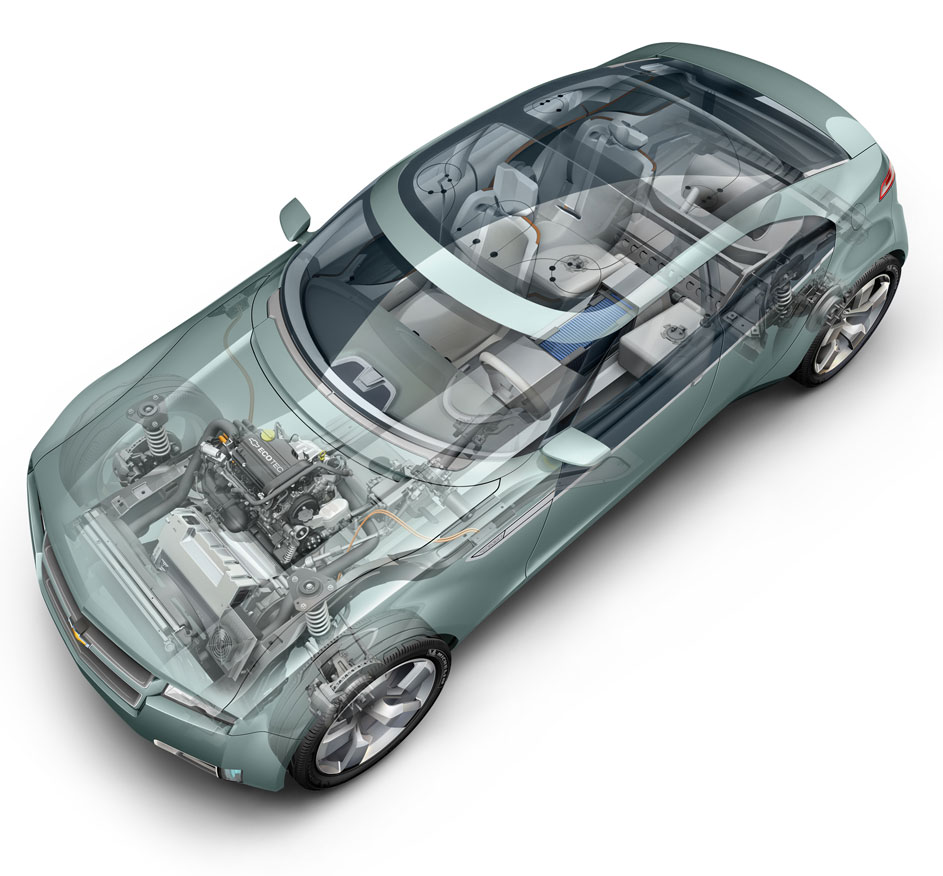
NEW YORK TIMES: You know the story of the Volt, don’t you? As the General Motors entry in the race to build a viable electric car — a race that includes the all-electric Nissan Leaf, a raft of Fords in various stages of development and an electric sedan that Tesla will soon begin selling — it may well be the most hyped American automobile since Lee Iacocca rolled out the Chrysler minivan. Begun four years ago, and championed by the legendary auto executive Bob Lutz, the Volt project managed to survive G.M.’s descent into bankruptcy, and emerge as the company’s great, shining hope, a symbol of what American car manufacturers could accomplish. Or so it’s been claimed. Cars like the Leaf and the original Tesla — a Roadster that cost more than $100,000 — are “pure” electric vehicles powered solely by their batteries. Classic hybrids like the Toyota Prius use a battery as a kind of add-on, to boost the gas mileage of a combustion engine. The Volt, however, is engineered differently. As long as the battery has juice, the car acts like an electric vehicle. When the battery dies, the combustion engine takes over, and it becomes an old-fashioned gas-consuming car. Once you recharge the battery, electricity takes over again. The experience of driving it meshes with the way we think about using a car. There is no need to plan ahead, for instance, to make sure the car won’t run out of battery life before we can recharge it. And the gas engine eliminates the dreaded “range anxiety” that prevents most people from embracing an electric vehicle. Indeed, G.M. likes to call the Volt an “extended range vehicle.” Motor Trend, the car enthusiasts’ bible, was so impressed that it named the Volt its 2011 car of the year. MORE
